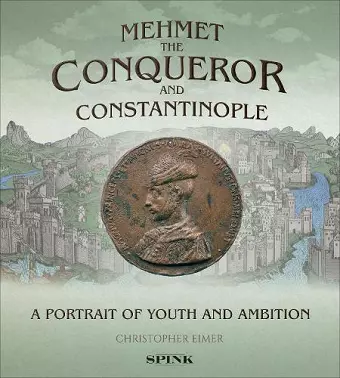Mehmet the Conqueror and Constantinople
A Portrait of Youth and Ambition
Format:Hardback
Publisher:Spink & Son Ltd
Published:15th Mar '22
Should be back in stock very soon

This book examines the significance of a bronze relief of Mehmet the Conqueror, exploring its impact on history and culture.
The book Mehmet the Conqueror and Constantinople delves into the historical significance of a bronze relief depicting Mehmet II, who is famously known as Mehmet the Conqueror. This artwork not only captures the likeness of the young sultan but also symbolizes a pivotal moment in history—the fall of Constantinople on May 29, 1453. This event marked the end of the Byzantine Empire and the rise of the Ottoman Empire, which would dominate the political landscape for centuries. The relief serves as a tangible connection to this transformative period, emphasizing the importance of both Islam and Christianity in shaping the world at that time.
As the narrative unfolds, the book highlights the improbability of Mehmet's success in conquering a city that had withstood numerous sieges over the centuries. At just twenty-one, his victory brought him international recognition and established the Ottoman dynasty as a formidable power. The author explores the themes of ambition, territorial expansion, and the blending of cultures that characterized Mehmet's reign. The relief itself, created by a Western artist, represents a unique fusion of Eastern and Western influences, reflecting the complex dynamics of the era.
In Mehmet the Conqueror and Constantinople, readers are invited to view history through the eyes of Mehmet himself, as the book uncovers the layers of meaning behind the bronze relief. This exploration not only enriches our understanding of the sultan's character but also provides insight into the broader historical context of the time, making it a significant contribution to the study of early modern history.
ISBN: 9781912667666
Dimensions: unknown
Weight: unknown
64 pages